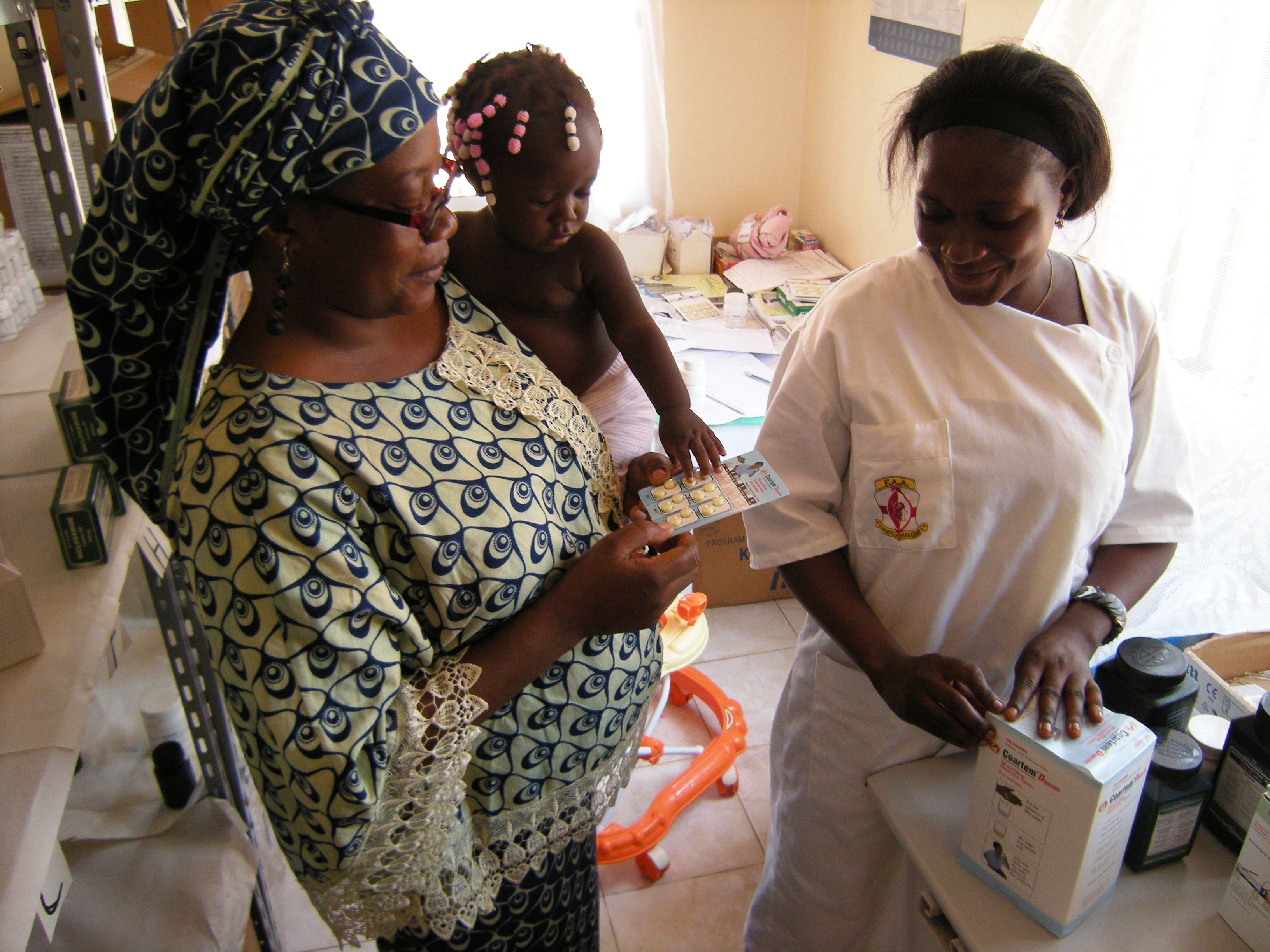Lumefantrine PK/PD Study Group
Lumefantrine PK/PD Study Group

An analysis of pooled individual patient PK/PD data to provide the necessary evidence to inform recommendations on dosage and use in key target populations.
The data collection and curation was completed by the end of 2012, and includes data from 4,357 individuals (4122 malaria patients and 235 healthy volunteers) with a total of 18,440 lumefantrine and 1,099 desbutyl-lumefantrine concentrations.
In addition, a population PK/PD analysis is currently ongoing, including patients contributing two or more venous samples. This subset of data consist of a total of 1,347 patients, from Africa (n=650), Southeast Asia (n=596) and Oceania (n=101). The remaining pharmacokinetic data, comprising sparse sampled data (i.e. fewer than 2 samples per patient) and/or data from different biological matrices such as capillary plasma, venous blood and capillary blood is used for external validation of the model. The population pharmacokinetic model will subsequently be linked to outcome data with a time-to-event model to describe recurrent malaria infections. Ultimately, this pharmacokinetic-pharmacodynamic model will be used to conduct in-silico dose optimisations.
The group published: Artemether-lumefantrine treatment of uncomplicated Plasmodium falciparum malaria: a systematic review and meta-analysis of day 7 lumefantrine concentrations and therapeutic response using individual patient data in BMC Medicine in 2015.
A follow-on was then published in which the group developed a secondary analysis: Artemether-lumefantrine dosing for malaria treatment in young children and pregnant women: A pharmacokinetic-pharmacodynamic meta-analysis in PLOS Medicine in 2018.
Lumefantrine in combination with artemether is a recommended treatment for uncomplicated malaria. An accurate definition of the day 7 concentration and area under the concentration time curve (AUC), that is required to achieve an adequate clinical and parasitological response, is essential for identifying target populations in whom dose optimisation studies are required. Lower levels of lumefantrine exposure have been described in published studies of young children, pregnant women, smokers, patients weighing over 80kg, and when artemether-lumefantrine is taken unsupervised, without fat or with mefloquine and antiretroviral treatment. However, the extent to which a decrease in exposure compromises efficacy is poorly defined, and no dose optimisation studies have been conducted in these important target populations.
- Refine the definition of lumefantrine therapeutic concentrations
- Determine patient factors that cause changes in lumefantrine pharmacokinetics that are substantial enough to compromise efficacy
- Patients with P. falciparum or healthy volunteers;
- Treated with artemether-lumefantrine; and,
- Drug concentration(s) of lumefantrine and/or desbutyl-lumefantrine.
After upload to the WWARN Data Repository, data sets are being transformed, standardised and pooled according to the WWARN Pharmacology and Clinical Data Management and Statistical Analysis Plans.
The statistician Dr Kasia Stepniewska has developed a Pharmacology PK/PD Day 7 lumefantrine Statistical Analysis Plan specifically for the pooled analysis, in collaboration with Study Group members.
- The pooled artemether-lumefantrine PK/PD database includes the following Demographics
- Baseline patient characteristics
- Clinical signs and symptoms over time
- Dosing (mg/kg dose) and dosing time(s)
- Lumefantrine and/or desbutyl-lumefantrine concentration(s) and sample time(s)
- Parasite densities over time
- Treatment outcome (including PCR, if available)
- Haematology (biochemistry)
- Molecular data
The Study Group comprised participating investigators who contributed relevant data sets to the pooled analysis. Data sets remain the property of the investigator. The Study Group collectively made decisions with respect to including additional studies, data analysis and plans for publication, in line with the WWARN Publication Policy. The Study Group was led by Professor Karen Barnes, Head of WWARN Pharmacology Group. Dr Kasia Stepniewska led the statistical analysis. Lesley Workman led the data curation. These individuals coordinated activities including the completion of data collection, plans for analysis, and drafting of publications and reports for group review.
For further information, email Karen Barnes karen.barnes@wwarn.org.
WWARN Lumefantrine PK/PD Study Group. Artemether-lumefantrine treatment of uncomplicated Plasmodium falciparum malaria: a systematic review and meta-analysis of day 7 lumefantrine concentrations and therapeutic response using individual patient data. BMC Medicine. September 18, 2015.
WWARN Lumefantrine PK/PD Study Group. Artemether-lumefantrine dosing for malaria treatment in young children and pregnant women: A pharmacokinetic-pharmacodynamic meta-analysis. PLOS Medicine. June 12, 2018.


